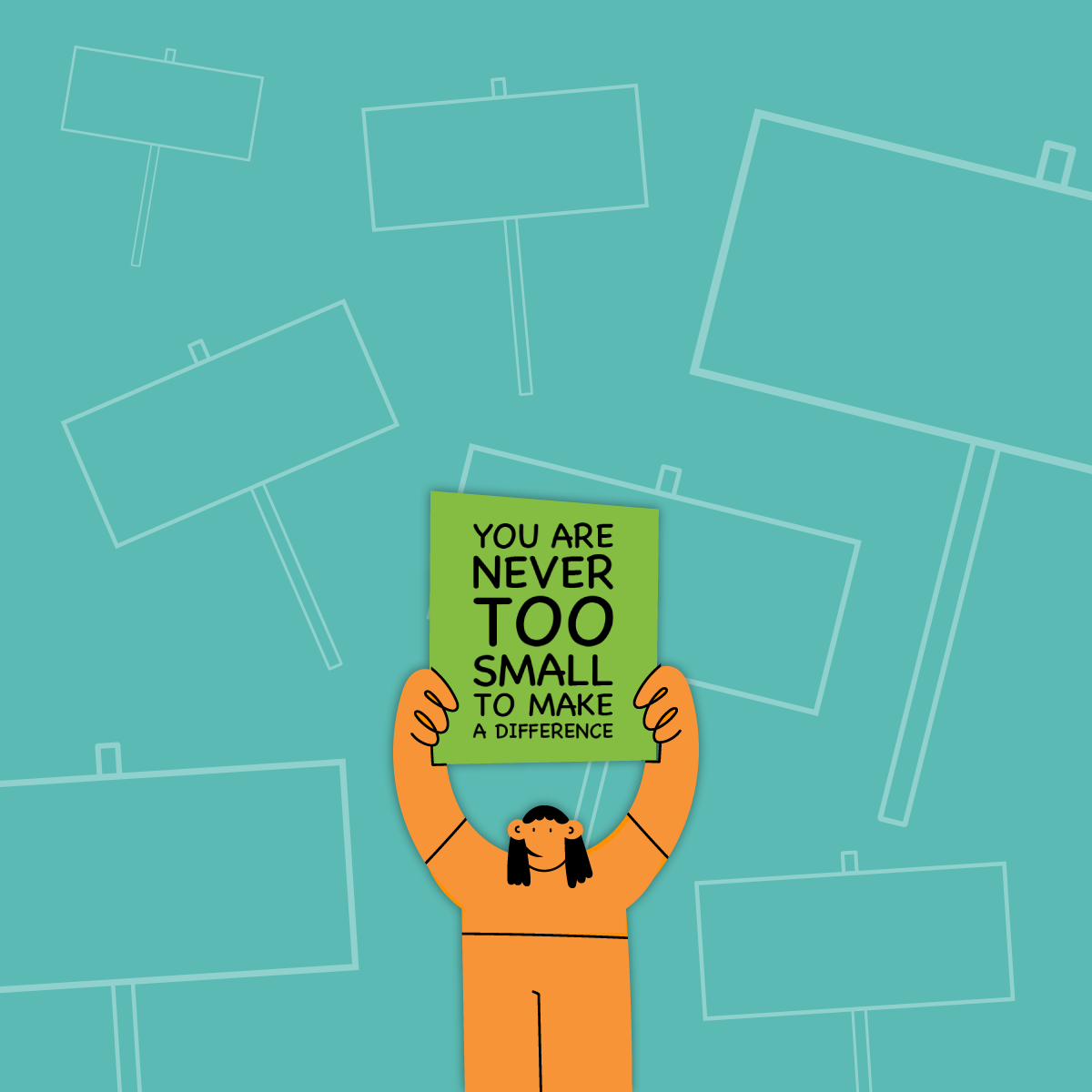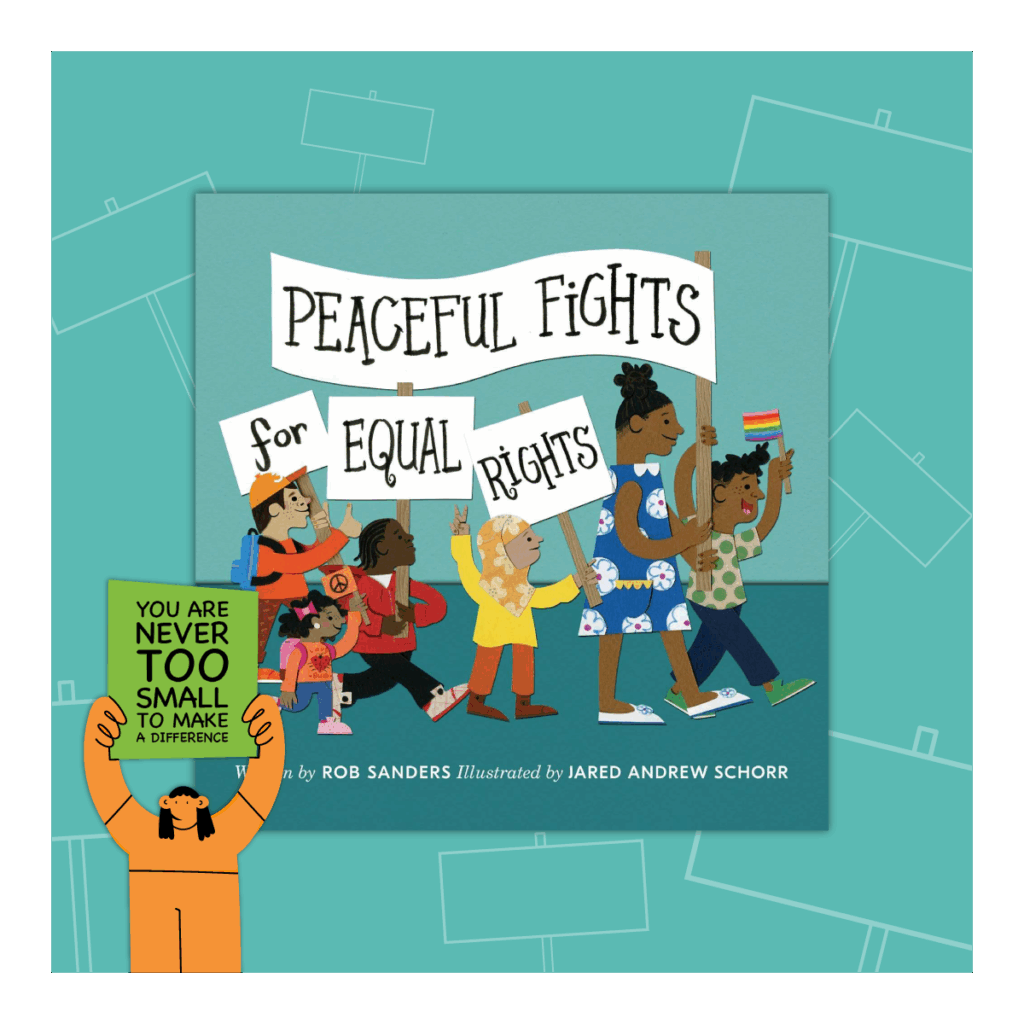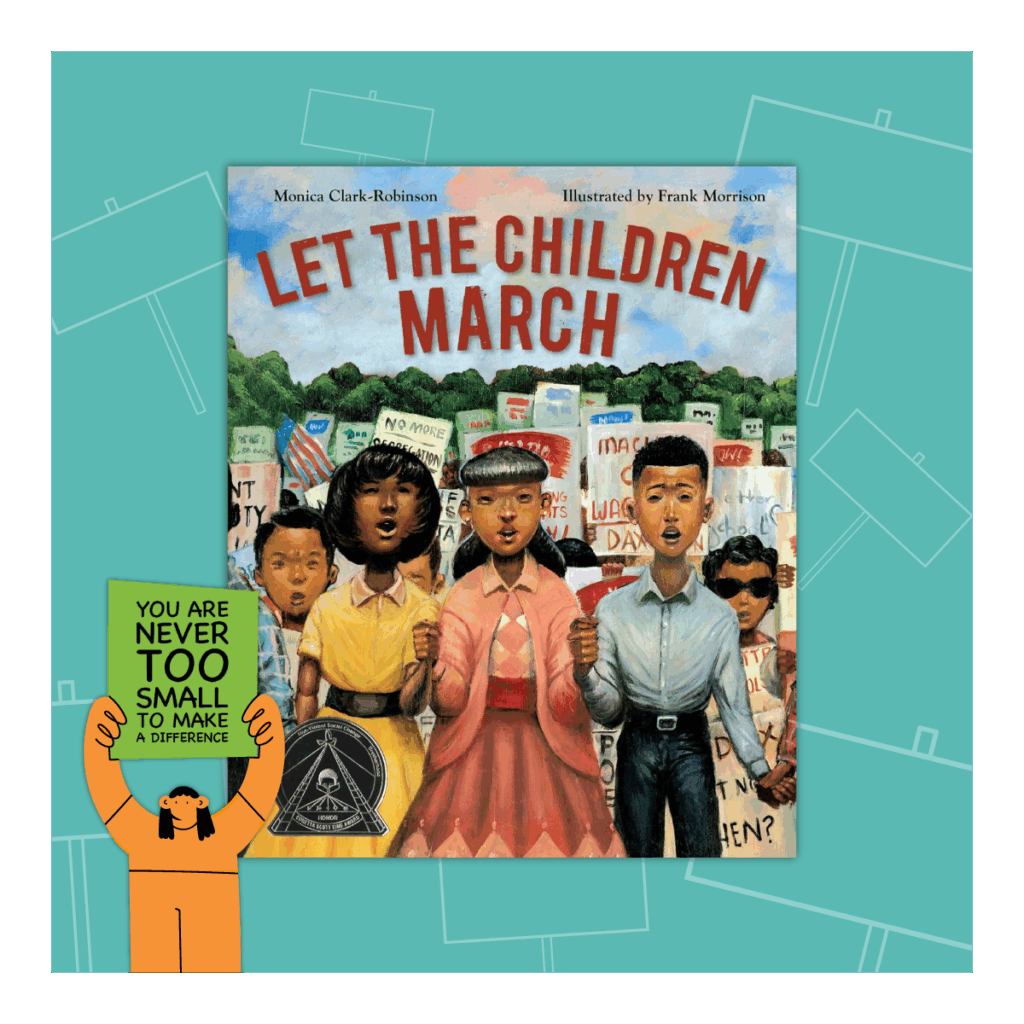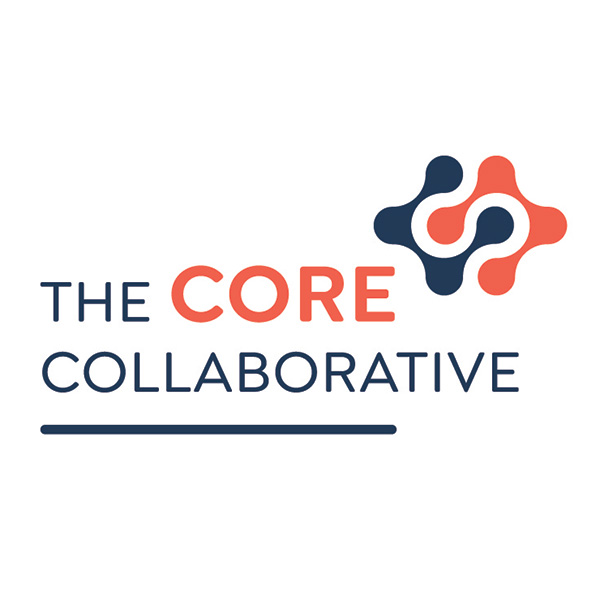Picture books are not merely delightful stories for young children; they are also powerful teaching tools that foster early understanding of democracy, civic engagement, and social justice. Introducing children to the concept of protests through picture books can nurture empathy, critical thinking, and a profound appreciation for the power of collective voices in shaping a just society.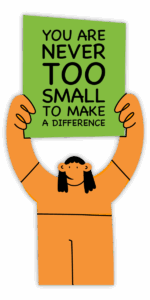
Why Teach about Protests?
Children often have a natural sense of fairness and justice. Picture books allow educators and caregivers to introduce complex topics such as protests in a safe, approachable, and meaningful way. These stories make abstract ideas concrete and relatable, helping children understand why people protest, how peaceful actions can lead to social change and the importance of standing up for what is right.
Powerful Picture Books for Young Learners
Peaceful Fights for Equal Rights by Rob Sanders
This vibrant, rhythmic book illustrates various ways people can peacefully advocate for equality and justice, emphasizing that activism can be creative, collaborative, and inclusive.
Let the Children March by Monica Clark-Robinson
Told through the eyes of a young girl participating in the 1963 Birmingham Children’s March, this book highlights the courage and resilience of young people in the face of injustice.
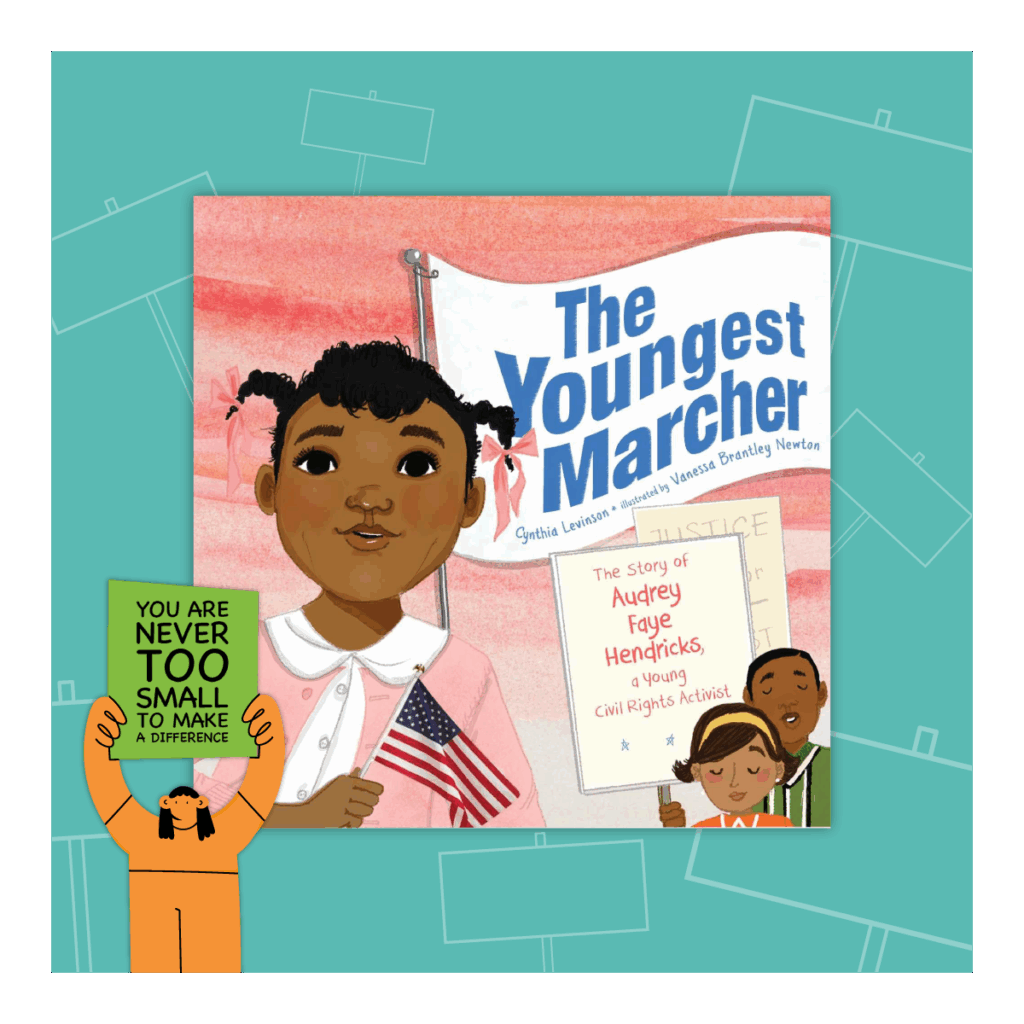 The Youngest Marcher by Cynthia Levinson
The Youngest Marcher by Cynthia Levinson
Based on the true story of Audrey Faye Hendricks, the youngest participant in the Birmingham Children’s March, this book showcases bravery, determination, and the belief in the possibility of change.
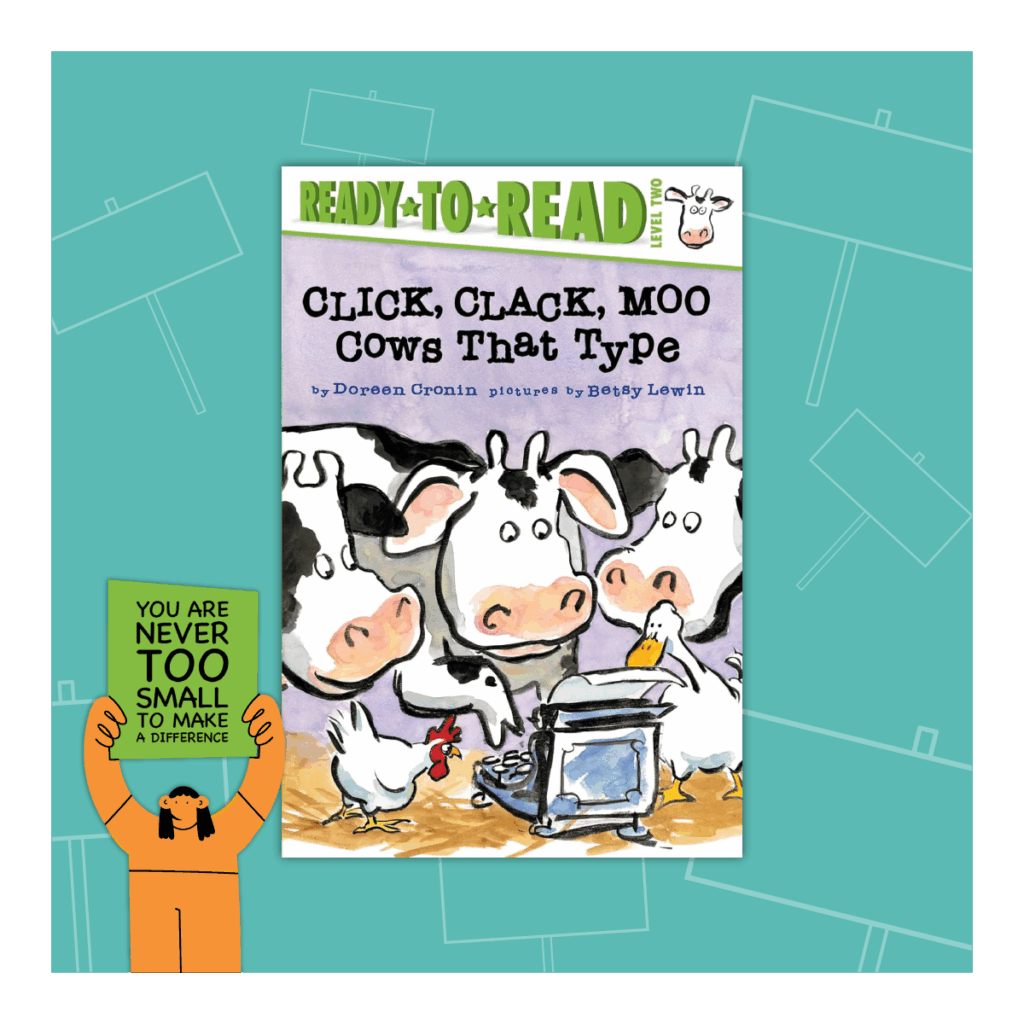 Click, Clack, Moo: Cows That Type by Doreen Cronin
Click, Clack, Moo: Cows That Type by Doreen Cronin
While humorous and whimsical, this story cleverly explores collective action, negotiation, and compromise through farm animals that organize and protest unfair conditions.
Strategies for Teaching with Picture Books
- Interactive Read-Alouds: Pause to discuss illustrations and characters’ actions, asking students open-ended questions about fairness, emotions, and motivations.
- Connect to Real-Life Experiences: Invite students to share times they’ve witnessed or participated in standing up against unfairness, reinforcing personal connections to the concept of activism.
- Create a Safe Dialogue Space: Utilize restorative circle practices to foster respectful conversations around fairness, justice, and collective action.
Cultivating Democratic Values Early
By incorporating picture books about protests into classroom routines, educators plant seeds of empathy, justice, and democratic participation early in students’ lives. These stories empower children, affirming their role in shaping the world and inspiring them to make positive contributions to their communities.


